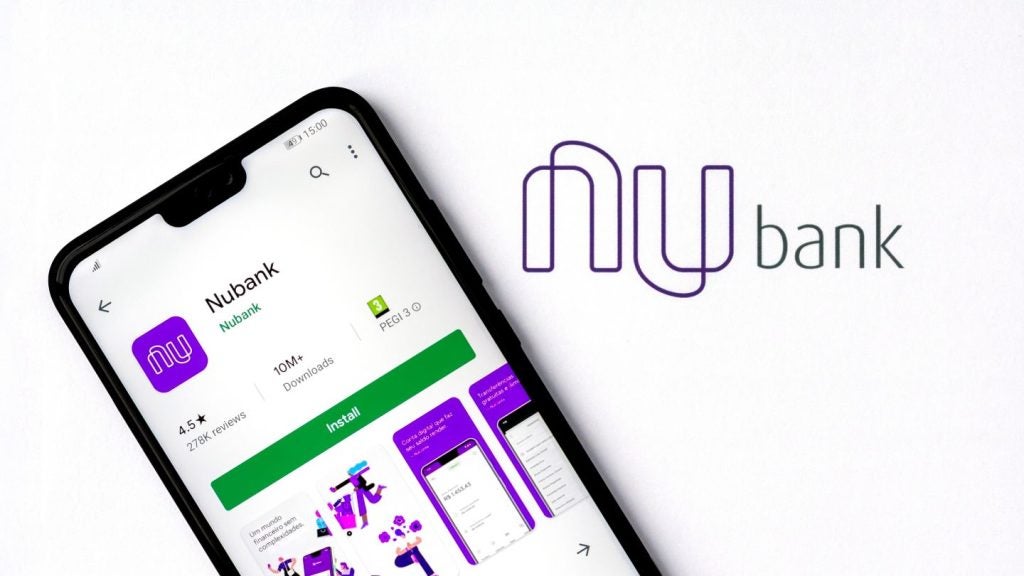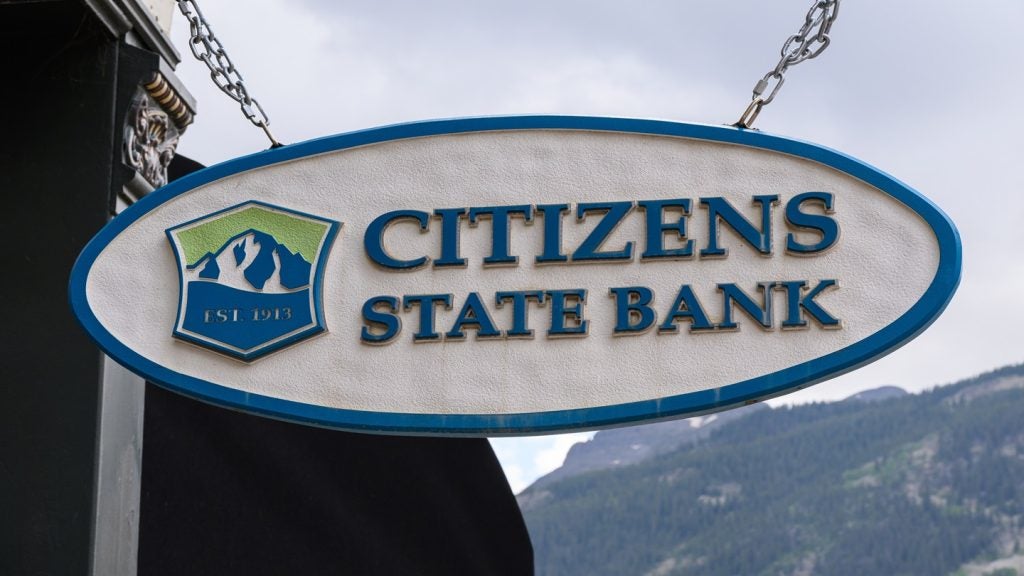Hugh Fasken talks to
Timothy Kirchner, vice-president of MetLife Bank, the banking
subsidiary of the largest life insurance group in the US. He says
that cross-selling mortgages via the bank’s website as well as
MetLife insurance agents represents a huge opportunity for the
unit, which has 90,000 customers.

Four years after Dutch insurer ING pioneered the direct
bank-insurance business model in Canada in 1997, MetLife, the
largest life insurer in the US, rolled out its direct banking
subsidiary in its domestic US market. Since 2001 the banking unit
has grown surely if not somewhat slowly: it ended 2008 with 90,000
retail savings customers (ING Direct USA’s total customer base, in
comparison, is 7.5 million).
Nevertheless, in a period of extreme market
volatility and the collapse of a number of US banks, MetLife Bank
itself earned net income of $32.7 million, up 50 percent from $22.1
million in 2007, on retail deposits of $6.4 billion. Assets grew
from $7.4 billion to $10 billion.
Timothy Kirchner, vice-president of MetLife
Bank, says the MetLife group’s strong brand values have helped draw
in customers to the bank. The bank has a relatively affluent, older
customer base, he added, and has not actively sought to buy market
share simply with high rates.
“The MetLife brand is very strong. We have
played to that [and] it has been a part of the marketing plan,”
Kirchner told RBI. “We are thriving. We know our niche. It
is about measured growth, it is about return. [These have] always
been important, but you stick to your business plan. You try and
capitalise given the business environment but at the same time you
don’t want to do anything stupid.
“If you are a pure rate play at some point the
environment turns against you… It will all come out in the wash,
and that’s not our play. We are not out there to buy share.”

US Tariffs are shifting - will you react or anticipate?
Don’t let policy changes catch you off guard. Stay proactive with real-time data and expert analysis.
By GlobalDataWithout branches, MetLife Bank has two
distribution/sales channels: the web, and some 5,100 captive
insurance agents working for the group (out of a total captive
agent base of 8,200). 
In terms of marketing, Kirchner adds, the bank
has benefitted from high-profile listings on various aggregation
websites and online news outlets – in particular Bankrate.com and
leading personal finance site Kiplinger.com. “We do very well with
Bankrate.com,” he added.
Mortgages now more
important
Mortgages – both traditional ones as
well as ‘reverse’ mortgages, where equity is released from a house
while the owner still lives in it – have become a much bigger part
of the bank’s mix following two acquisitions in mid-2008. In June
last year it acquired $20 billion in first lien mortgage rights and
$65 billion in servicing rights from First Tennessee Bank National
Association; a week earlier at the end of May it completed the
acquisition of EverBank Reverse Mortgage LLC.
Talking about its fledgling mortgage business,
Kirchner said the strategy for MetLife Bank was to “play in the
vanilla market” and keep things focused on customers with high
credit ratings and adequate deposits.
“Today it’s all about high FICO scores and
loan-to-values. When MetLife bought [First Tennessee] it bought a
good portfolio – we literally went in and cherry-picked the
customers we wanted with good credit scores.
“Mortgage customers need to bring credit to
the table and have good FICO scores – that’s just that deal. It’s
good for the industry as everyone’s going after that same segment
but the beauty for us is that we have the MetLife name.”
Kirchner did not give solid feedback on the
ability of the company’s captive sales agents to cross-sell
mortgages to the group’s insurance base, but stressed this was a
key strategy for the group over the next year. Products that have
cross-sold well are basic savings products such as certificates of
deposits and money market funds and, to a lesser degree, IRAs
(individual retirement accounts).
“We actually have some pretty good success in
terms of cross-selling. We have insurance agents all across the
country talking to customers, selling life annuities, it’s a nice
buy-in with a lot of contact with customers and that works well for
us.
“With the newness of our mortgage line, it is
too early to tell, but we are trying to get the message out there.
In terms of our insurance client base, there is huge potential to
sell banking products. Quite simply it is one of the biggest
opportunities we have at MetLife. It’s baked into our plans.”
The MetLife Group, which had $3.6 trillion of
life insurance in force as of the end of 2008 and $502 billion in
total group assets, earned a net income of $3.1 billion for 2008
but recorded a $547 million loss for Q109 off the back of
“unfavourable” equity markets.
As one of the 19 US banking organisations with
more than $100 billion in assets, MetLife was required to
participate in the US Treasury’s recent capital assessment ‘stress
test’ exercise, which it passed (see News Digest). The
group, also, did not participate in the US Treasury’s TARP Capital
Purchase Program.







